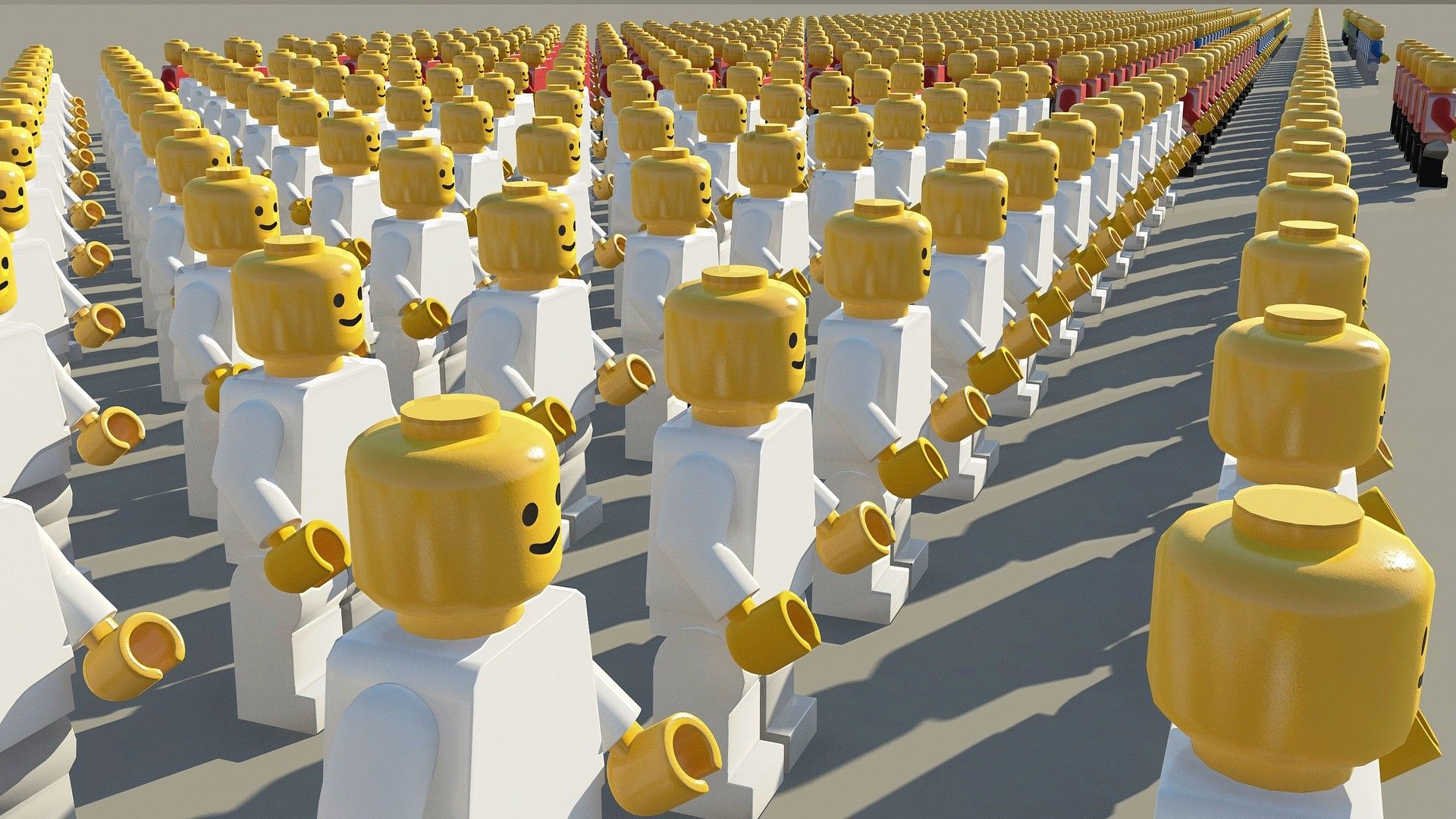Why growth matters: the power of compounding
Author: JeremyFirst published: April 12 2017 | Updated: January 23 2021

We do not intuitively understand compound growth. Which may sound like a small deficiency. It is not.
Compound growth is the most powerful force in the universe.
Let me show you an example...
Imagine that 10,000 years ago there were just two people on Earth.1 One man, one woman. They have some children, and those children have children.
The population of Earth ticks along at 1% growth per year. 2
50 years pass, and there are precisely 3.3 people on Earth (we don’t discriminate against decimal people on this blog). Another 50 years pass, and there are 4.4 people.
Slow going.
After 1,000 years, there are approximately 42,000 people.
Now things get interesting!
While it took 200,000 years for Homo Sapiens to reach 300 million people (which occurred in approximately 0 AD), our 1% growth rate Earth blows past that mark after just 1892 years and hits the 1 billion mark after 2014 years.
It takes just 70 more years to add another 1 billion. Another 150 years, and we soar past the current population of Earth and continue growing past 8 billion people!
After 2500 years we are at 127 billion, almost 20 times the current population of Earth.
After 3000 years we are at more than 18 trillion.
After 4000 years, we are fast approaching a billion trillion.
These numbers are getting silly. Let’s get to the end game.
We know that today there are around 7.6 billion people on Earth. We think that there were around 4 million people 10,000 years ago. We also know that today, the population of Earth is growing at a little over 1%. If, 10,000 years ago, we had have started with just two people on Earth, and grown the population at 1% each year, the population on Earth today would be…
32,716,574,223,780,700,000,000,000,000,000,000 billion!
For those who like exponentials, that is 3.3e^43 humans.
If you are thinking they wouldn’t fit on Earth, you would be right. Even if we cemented over the entire ocean mass.
But what if we head underground?
A single human takes up around 0.7 cubic metres. The volume of the Earth is around 1 trillion cubic kilometres. If we crammed all of our humans inside every last square centimetre of underground space, and ignored the fact that more than 90% of them would be incinerated from the incredibly hot temperatures, we could only house the tiniest fraction (well under 0.000000000001%) of those humans.
So, let’s build another Earth. And another one. And let’s keep building these Earths until we have housed everyone inside their giant molten insides. How many do we need?
2,116,498,098,548 billion of them.
If we string these Earths side by side like a giant slinky, it would stretch 3,000 trillion light years. The diameter of the observable universe appears to be about 50 billion light years. That means our slinky would stretch to the end of the observable universe and back 60 times!
What if, instead of an Earth slinky, we created one humungous planet to house all this flesh?
Forget Jupiter. This all-conquering giant ball of human flesh would consume our entire solar system 5 times over, with a required diameter of 41 billion kilometres.
We can't easily change our intuition about compound growth. We will continue to underestimate its power. Do your best to recognise this.
The fate of the universe depends on it.
Footnotes
1 Why do we pick 10,000 years ago? That was approximately the dawn of true civilisation on Earth, when we started congregating in cities and agriculture replaced hunting and gathering. Why do we pick 2 people, when the actual population was around 4 million? Just to prove a point.
2 Why do we pick 1%? First, it is a nice round number. Second, it is a bit under the current population growth rate of Earth. And yes, I know. Inbreeding is gross.
Subscribe to future posts
Tweet